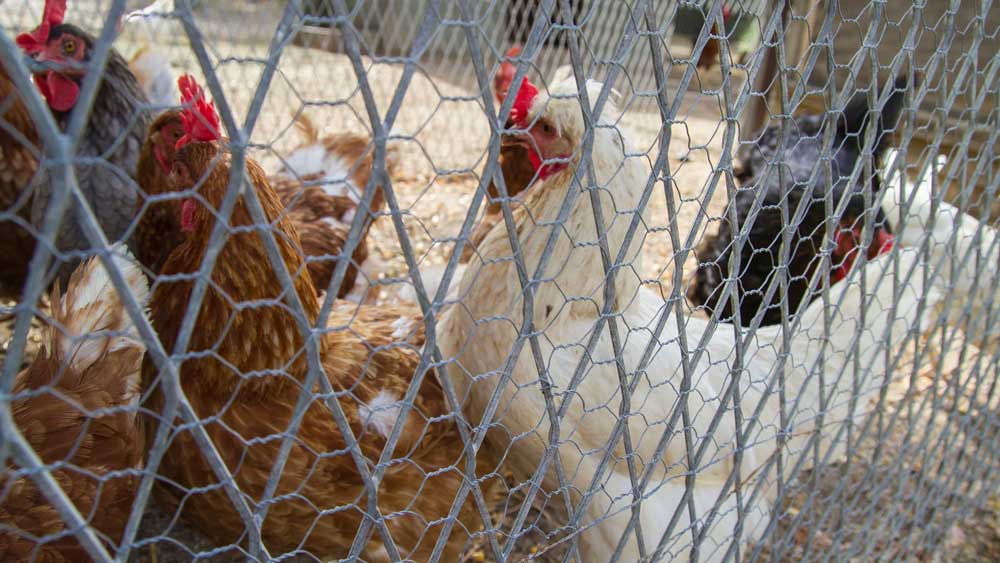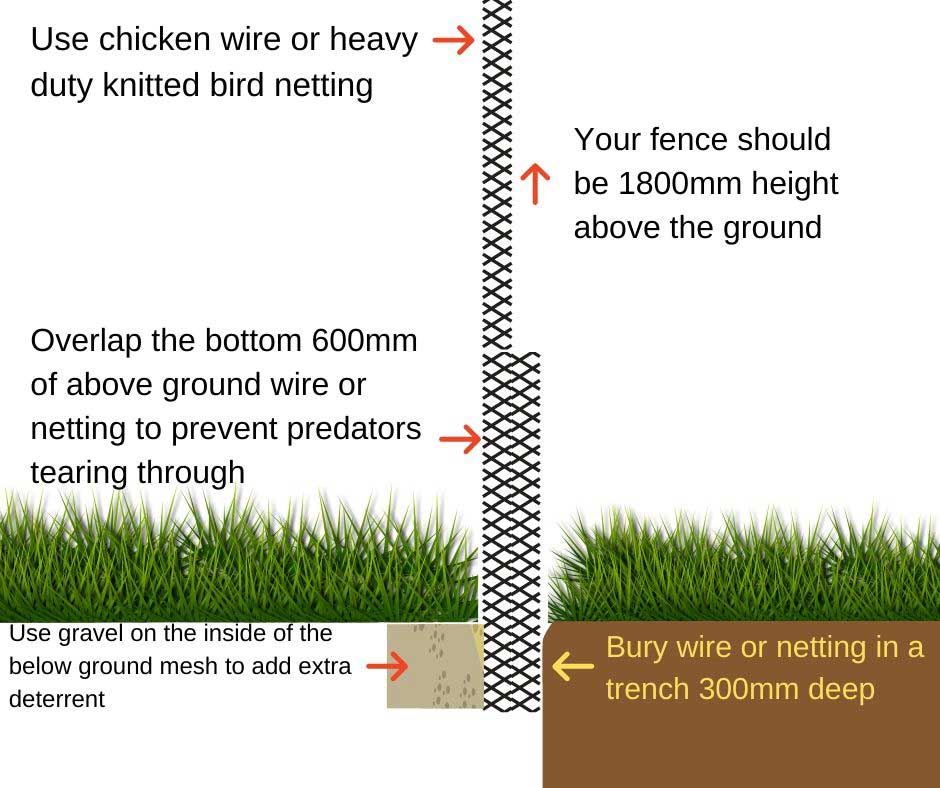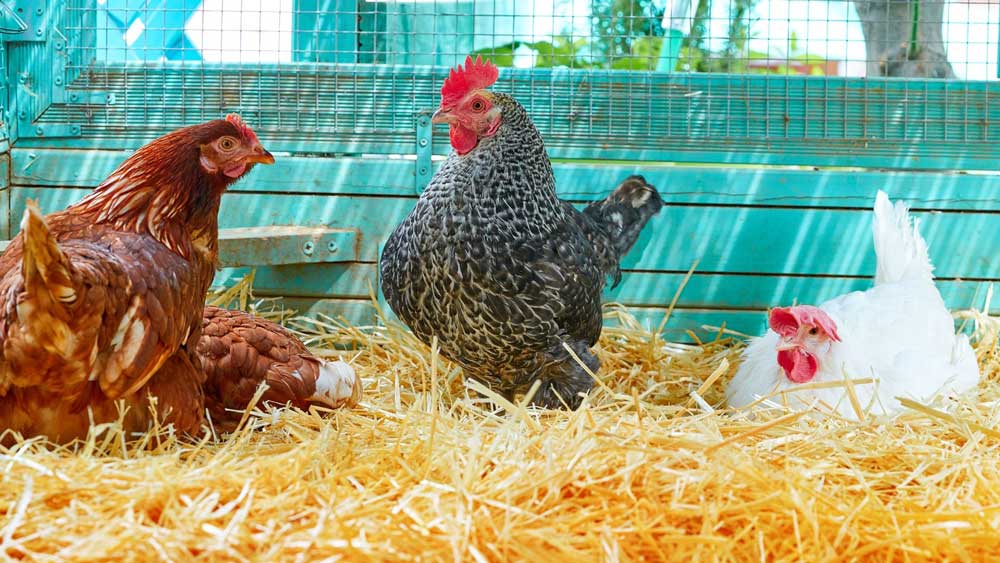What is a chicken run?
What is a Chicken Run?
A chicken run is a designated, fenced area that allows chickens to roam safely outdoors. The fence serves dual purposes: it keeps chickens contained and protects them from predators.
Chicken runs vary in use; some keepers allow their chickens to free-range within these enclosures, while others use them for controlled outdoor time, supplementing with free-range opportunities outside the run.
Do You Need a Chicken Run?
Not all chicken keepers will need a chicken run. For example, those using a chicken tractor that moves daily might not require a stationary run. Free-ranging chickens can manage without a run but pose risks such as garden damage, increased predator exposure, and potential road hazards.
A small coop alone often proves insufficient; runs are necessary to manage your chickens' outdoor activities efficiently, especially in restricted areas. Without a run, chickens can overgraze and compact the earth, turning lush green to dirt and mud, potentially leading to behavioral issues like bullying due to overcrowded conditions.
Key Benefits of Having a Chicken Run:
- Safety from Predators: Secure fencing is crucial to protect against terrestrial predators and aerial threats like birds of prey.
- Controlled Free Range: Limits the extent of free-ranging, protecting your gardens and neighborhood relations.
- Environmental Enrichment: Provides space for natural behaviors such as foraging, which is vital for chickens' physical and mental health.
Designing Your Chicken Run
When planning your chicken run, consider the following for optimal setup:
1. Location and Sunlight
Ensure the run is positioned to receive ample sunlight, which is essential for your chickens' health and egg production. However, include shaded areas to protect from intense heat, especially during the Australian summer.
- Water Access: Place water sources like lubing cup chicken drinkers in shaded areas to ensure constant hydration, particularly for smaller breeds like bantams.
2. Protection from Elements
Wind Protection: In windy areas, provide sheltered spaces within the run or use natural windbreaks like dense shrubbery to block prevailing winds.
3. Sizing Considerations
- Space Per Chicken: At minimum, provide 10 square feet per chicken. More space reduces stress and promotes healthier, happier birds.
- Fencing: Ensure the fence is tall enough to prevent predators from jumping over and consider a buried perimeter to stop diggers like foxes and dogs.
4. Materials for Construction
Use sturdy, galvanized wire and heavy-duty bird netting to withstand predator attacks and environmental wear. The base of the fence should be reinforced to prevent predators from breaking through.
- Aerial Defense: Use overhead netting or solid roofing to protect from birds of prey. A covered run also provides shade and shelter from rain.
Optimal Ground Covers for a Chicken Run
The choice of ground cover is significant for the health and comfort of your chickens:
- Well-Drained Soil: Avoid muddy conditions by choosing well-drained locations or modifying with high-drainage materials like sand.
- Vegetation: Grass and other soft plantings provide comfort and natural foraging opportunities. Rotate your chickens or use a mobile coop to manage ground health.
- Dust Baths: Essential for chicken hygiene, dust baths can be created with a mix of sand, soil, and Diatomaceous Earth to control parasites.
Additional Tips for Chicken Run Maintenance:
- Pest Control: Plant mosquito-repellent plants like lavender around the run.
- Enrichment: Provide perches, mirrors, and foraging toys to keep chickens engaged and active.
- Nutrition and Treats: Introduce kitchen scraps, mealworms, and hanging treat dispensers to entertain and nourish your chickens.
Conclusion
Properly planning and maintaining a chicken run enhances your chickens' quality of life, protects them from predators, and helps manage their impact on your environment. Thoughtful design, appropriate sizing, and suitable materials are crucial for a functional and safe chicken run.
For more insights on chicken care, explore other resources such as what wild chickens eat, the best chicken jokes, and creative chicken names.
Happy chicken keeping!







